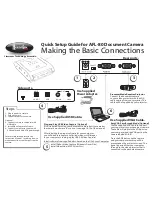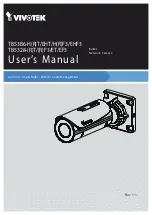
V1.02
Thom Hogan’s Complete Guide to the Nikon D300
Page 650
and Manual (M) exposure modes, make any necessary
aperture or shutter speed selections.
Note: In Program exposure mode you can usually override the
camera’s selection of aperture and shutter speed
combinations by turning the D300’s Rear Command dial
(when the camera is active). But note that the maximum
aperture you can use is restricted in Program exposure
mode (the actual value depends upon ISO setting; see
“Allowable Apertures in Program Mode” on page <598>.
Note: The aperture the D300 (or you) selected also appears on
the SB-800’s LCD panel when you partially press the shutter
release, as does the allowable flash-to-subject distance
range.
Note: The D300 and SB-800 may warn you of several possible
errors when you partially press the shutter release to verify
settings:
- The lens must be set on its minimum aperture, or else the
error message
FEE
appears in the viewfinder.
- Any
HI
visible in the viewfinder indicates that
overexposure (of the background exposure) is likely.
- The shutter speed will be automatically reset to 1/250 if
you selected a faster shutter speed in Shutter (S) or Manual
(M) exposure mode.
- In Manual (M) exposure mode, under and overexposure is
indicated solely by the analog exposure display. If the
exposure bar goes to either side of the
$
point, the ambient-
only lighting exposure will not be correct.
5.
Focus on your subject by pressing lightly on the
shutter release. Confirm that the subject is within flash
distance by looking at the Shooting Range displayed
on the SB-800’s LCD. Assuming you’ve confirmed the
distance, you’re ready to shoot.
















































